6- Days Lemosho Route 6- Days Lemosho Route
- Information
- Tour Plan
- Location
- Gallery
- Reviews
- Similar Tours
What's included
- Accommodation at safari lodges or tented camps
- All game drives as per the itinerary.
- All game reserve entry fees.
- Services of a professional English-Speaking safari guide.
- Tourist Development Levy
- Transport and game drives in a well-maintained 4WS Land Cruiser with a photographic roof hatch
- Unlimited drinking bottled water
- Value Added Tax (VAT) by the Tanzania Revenue Authority.
- Wildlife management area fees [were applicable]
- All items of personal nature.
- Laundry Services during the safari.
- Travel Insurance.
Your Kilimanjaro adventure starts in Moshi before heading to the remote and scenic Lemosho Gate. You trek through lush rainforest to Mushroom Camp, then cross moorlands to Shira Camp on a volcanic plateau. The journey continues across the Shira Plateau to Barranco Camp beneath towering cliffs. After conquering the Barranco Wall, you rest at Karanga Camp before entering the stark alpine desert and reaching Barafu Camp. At midnight, you make the final push to Uhuru Peak, witnessing a breathtaking sunrise before descending via Mweka Camp back to Moshi, forever changed by the mountain.
- Day 1
- Day 2
- Day 3
- Day 4
- Day 5
- Day 6
Londorossi Gate to Big Tree Camp (Mti Mkubwa)
Your Kilimanjaro journey begins with registration at Londorossi Gate, followed by a drive to the trailhead. The trek starts in the dense, misty rainforest, home to colobus monkeys, blue monkeys, and a rich variety of birds and plant life. The trail is relatively gentle as you gradually ascend to Big Tree Camp (Mti Mkubwa), nestled among giant fig trees. This first day is about easing into the hike, getting used to your gear, and beginning the slow acclimatization process.
Big Tree Camp to Shira 2 Camp
Leaving the rainforest behind, the trail climbs steeply through the heather and moorland zone. You’ll cross the Shira Ridge and enter the wide expanse of the Shira Plateau, an ancient volcanic crater. The views open up dramatically, revealing your first clear sights of Kibo Peak. The long trekking day ends at Shira 2 Camp, where the altitude is noticeably higher. This is a physically demanding day due to both the distance and altitude gain, but it also provides a spectacular transition into Kilimanjaro’s alpine terrain.
Shira 2 Camp to Barranco Camp via Lava Tower
This is a key acclimatization day. You ascend steadily to Lava Tower at 4,630 meters, which helps your body adjust to higher elevations. Though the terrain is rocky and dry, the scenery is dramatic and awe-inspiring. After lunch at Lava Tower, you descend into the Barranco Valley, which offers lush vegetation and a stunning backdrop of hanging glaciers and steep cliffs. You’ll camp at Barranco Camp beneath the imposing Barranco Wall, having followed the “climb high, sleep low” principle to improve your chances of summit success.
Barranco Camp to Barafu Camp
The day begins with the exciting scramble up the Barranco Wall, a steep rock face that looks intimidating but is very doable with support from your guides. After the climb, the trail continues across rolling alpine terrain and through the Karanga Valley, a key water source. While some routes overnight at Karanga, the 6-day version pushes on to Barafu Camp, your base camp before the summit. It’s a long and tiring day, and rest is crucial as you’ll begin your summit attempt just before midnight.
Barafu Camp to Uhuru Peak to Mweka Camp
This is summit day—the most physically and mentally demanding part of the trek. Around midnight, you begin the slow, steep climb up scree slopes in darkness, aiming to reach Stella Point by sunrise. From there, it’s a final push to Uhuru Peak, the highest point in Africa at 5,895 meters. After celebrating at the summit, you descend all the way back down to Barafu, then continue further to Mweka Camp. The descent is tough on the knees, but the drop in altitude is a huge relief. Expect a long day of 12–16 hours of hiking.
Mweka Camp to Mweka Gate
The final day is a gentle descent through the lush rainforest, often damp and muddy. It's a chance to reflect on your journey and enjoy the last views of the mountain's unique ecosystems. After about 3–4 hours of trekking, you’ll reach Mweka Gate where you sign out, receive your summit certificate, and celebrate with your team. A vehicle will be waiting to take you back to your hotel, where a hot shower and well-earned rest await.
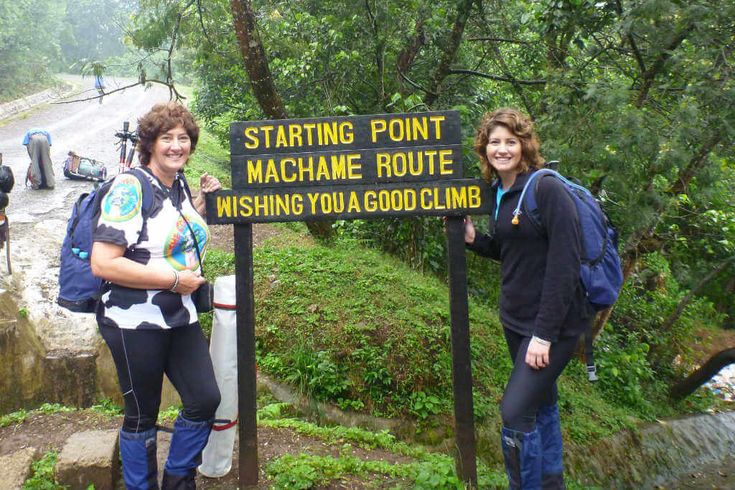
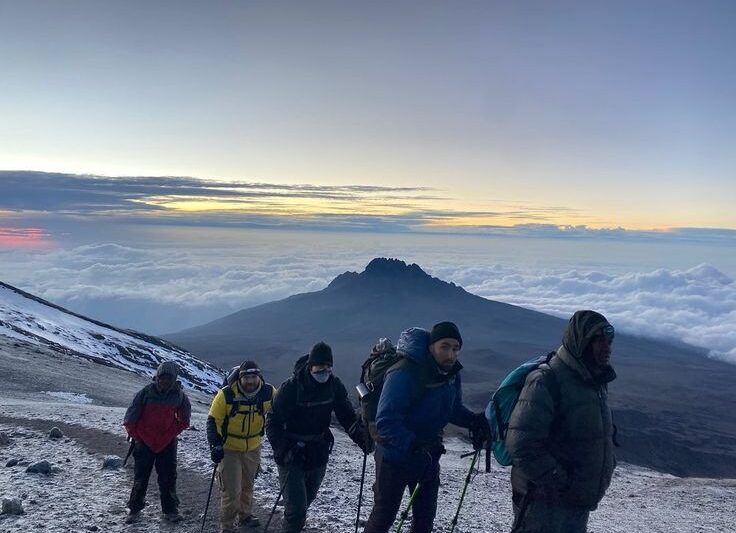
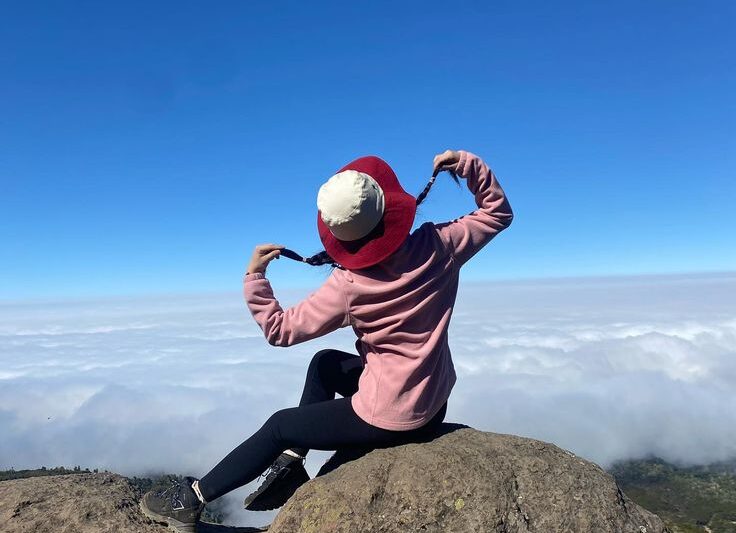
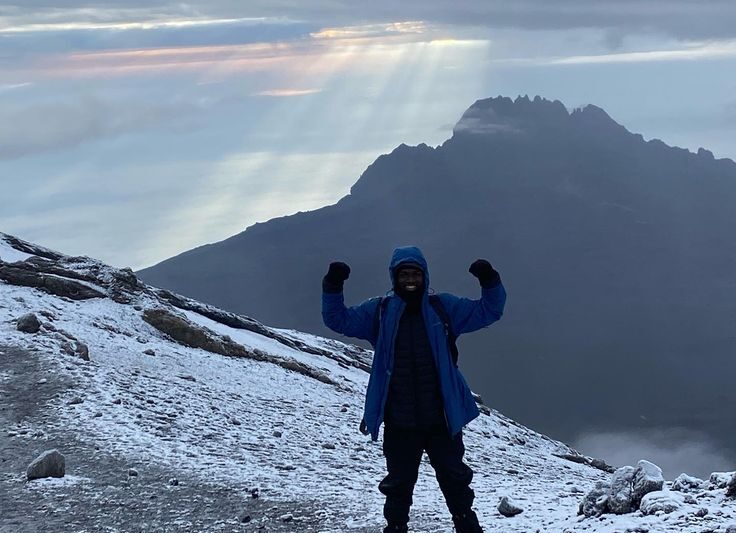
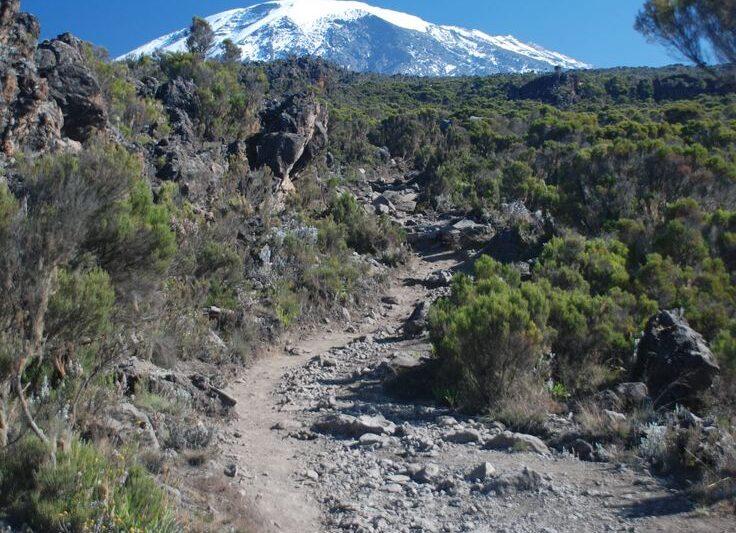
There are no comments yet.